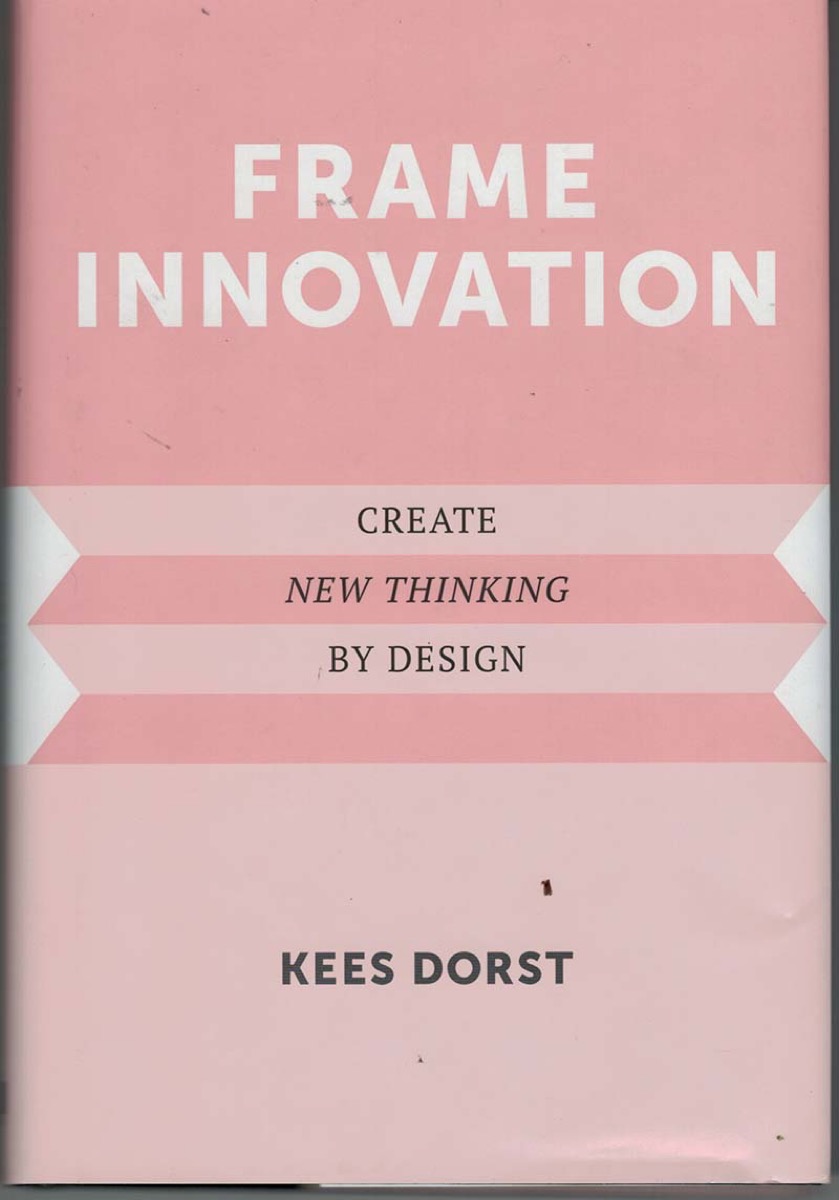Reciprocity in Services
looking at both sides of the coin
When two parties share a common interest in a successful outcome, then the next biggest obstacle is arriving at a shared understanding how the thing will happen. Mistaking agreement for actual understanding of how to proceed is a common source of trouble.
There are two sides to any story. How we describe the give-and-take of an arrangement will influence what emerges to become the focus of attention. Seeing the reciprocal to any story will help force contradictions and inconsistencies onto the surface.
The single biggest problem in communication is the illusion that it has taken place.
— George Bernard Shaw
Thinking through service stories from reciprocal points of view help bring misunderstandings into view so that additional constraints can be applied until the stories line up.
The Language of Services is Reflexive

Budget provided vs services rendered are complementary perspectives essential to transforming ideas to action in business; two sides of the proverbial coin. The two parties can agree on one set of requirements, but the work looks different to the respective parties; for the customer, the work goes down as expense, to the provider, it goes down as revenue. That holds true even for internal relations where budget doesn’t always stand at the same place where interests line up.
Services are performances and affordances for producing outcomes that satisfy a set of customer needs.
— Majid Iqbal
Every service can be viewed from the perspective of affordance and performance. An affordance is when something is made available, allowed, furnished or supplied. A performance is something accomplished, delivered, released or realized. A statement of work is a form of affordance, the contract to fulfill the work implies performance.
Affordance and Performance
Consider the Niagara hydro-electric generation facility in terms of a service:

-
The waters of the Niagara in all their glory are affordance.
-
The turbines and generators represent performance.
The affordance is transformed through performance into an enhancement — an alternating current useful for many purposes, such as toasting bread.
Is the purpose of the service to warm the toes of the homeowner, or to pay out dividends to stockholders?
Answers to sets of reciprocally paired questions relating to who, what, how and why take us from mere concept to a more useful articulation of reality.
In the case of the Niagara facility, exploration of these questions will reveal that more is afforded than the ceaseless waters, and that there is more to performance than the turbines and generators. In the end, we will discover that the system is comprised of many interdependent services.
Service Stories

Where a typical business process diagram will start with what the stakeholder wants and end with what the service user gets, we are better served by telling the story of the service from a number of different perspectives. Assuming various points of view puts the mental model under pressure, where stories that seem plausible become before become suspect when the light shines from a different perspective. When we put service stories told from various perspectives into common grid, we will have laid the groundwork for Service Frames.
Before we can really drill down into the concept of Service Frames, we need to establish the four components found in every service.
Patrick Hendry — "patrick-hendry-SD6IsqeAAjw-unsplash"
Alex Conrath — "Niagra Falls"

Let's agree to define productivity in terms of throughput. We can debate the meaning of productivity in terms of additional measurements of the business value of delivered work, but as Eliyahu Goldratt pointed out in his critique of the Balanced Scorecard, there is a virtue in simplicity. Throughput doesn’t answer all our questions about business value, but it is a sufficient metric for the context of evaluating the relationship of practices with productivity.